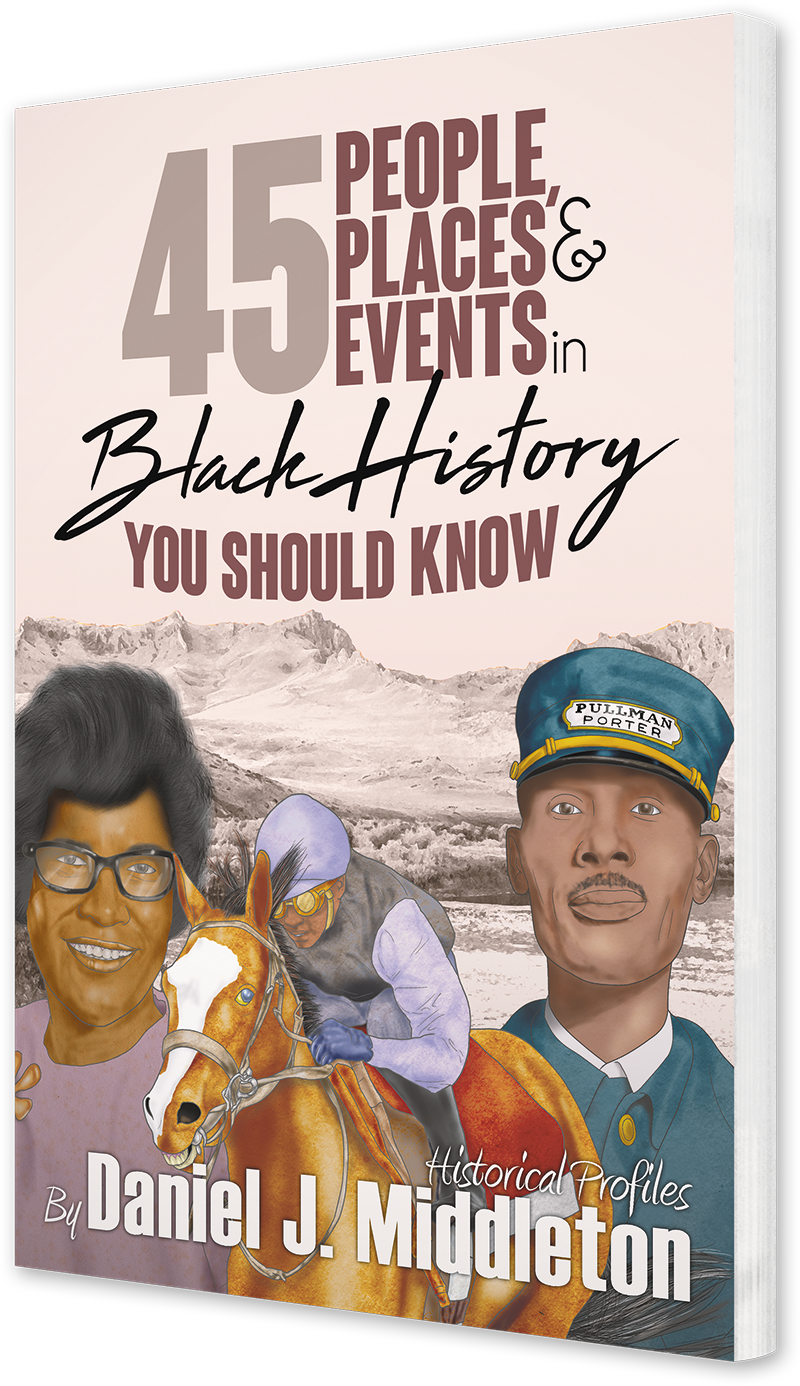Roy Eaton
The Hall of Fame Composer in General Market Advertising
Portrait of Roy Eaton during his days on Madison Avenue. Photo courtesy of Hollywood Memorabilia.
Roy Eaton was a producer of popular advertising jingles that resonated with the public decades after the launch of the initial campaign. Many of his classic compositions can still be heard on nostalgic reruns airing on TV Land. Many can recall the Texaco classic: “You can trust your car to the man who wears the star,” or the enduring Beefaroni ditty—
“We're having Beefaroni.
Beef and macaroni.
Beefaroni’s full of meat.
Beefaroni, what a treat.
Beefaroni’s really neat.
Hooray, for Beefaroni!”
The Beefaroni jingle, in particular, ran for more than twenty years, despite an executive’s initial dislike of the song. The classic 1962 Texaco tune, on the other hand, was recognized by Advertising Age as a foundational component of the top 100 ad campaigns of the past century.
Roy Eaton was born in Harlem, New York on May 14, 1930. His parents were Felix and Bernice Eaton, a mechanic and domestic worker, respectively. Both were of Jamaican descent. At the age of three, Roy suffered a horrible accident that cost him a partial finger on his right hand. Despite the loss, he started taking classical piano lessons at age six and proved to be a piano prodigy. After a first-place win in a piano competition—the only one he ever entered—Roy played Carnegie Hall in 1937 at a mere seven years of age. He played piano for the rest of his life and built a successful career on the art form. But while his subsequent advertising efforts afforded a comfortable lifestyle, composing ad jingles is not a complete representation of his music career.
Roy attended the High School of Music and Art in New York and graduated in 1946. He thereafter enrolled in two schools: the City College of New York and the Manhattan School of Music. He studied history at the former and piano and musicology at the latter and graduated from both in 1950. Over the next two years, Roy studied at Yale University via a fellowship and earned a master’s in musicology. While at Yale, Roy debuted with the Chicago Symphony Orchestra in 1951, where he performed Chopin. The next year, he performed Beethoven during his Town Hall debut in New York City.
Roy began a lifelong tenure at the Manhattan School of Music in 1952, as a concert pianist, performer, and lecturer. The Korean War commenced in 1950, and Roy was drafted into the U.S. Army in 1953. He served at a hospital radio station that operated out of Fort Dix near Trenton, New Jersey. For two years, Roy continued to write and produce radio programs, even after the U.S. pulled out of Korea.
He left the Army in 1955 and landed a job as a composer and copywriter at Young and Rubicam (Y&R), a New York advertising agency on Madison Avenue. In this role, Roy became the first black person to work for a major ad company with a direct hand on general accounts. At Y&R, Roy spent four years producing roughly seventy-five percent of the agency’s entire music for ads. Brands included Gulf Oil, General Electric, Johnson & Johnson, Spic and Span, Beefaroni by Chef Boyardee, and Kent Cigarettes, for which Roy wrote a catchy tune about a new micronite filter that was considered safe at the time. In an interview with CNN, Roy stated:
“Of course I have since discovered that the filtration process was accomplished by putting asbestos in the filter.”
A retro cereal box featuring Sugar Bear, the cartoon advertising mascot for Post Sugar Crisp, one of Roy Eaton’s client accounts. Image courtesy of Post Consumer Brands.
Roy came very near to death in 1957, after a fatal car crash that took the life of his new wife. He had been married less than a year. Doctors determined his odds of survival at ten percent and he was left in a coma. After recovering, Roy’s faith deepened and he devoted himself to his work. In 1959, he moved to another advertising agency, Benton & Bowles, where he functioned as the music director. At Benton & Bowles, Roy produced music for many brands, including Hardee’s, G.I. Joe, Mr. Potato Head, and Sugar Crisp cereal, which featured an anthropomorphic bear that sang a jingle Dean Martin style: “I can’t get enough o’ that Sugar Crisp!”
While there was rampant discrimination in the advertising industry, with various barriers in place that restricted entry to blacks, Roy’s creative genius and determined work ethic allowed him to rise to the top. He became vice president of Benton & Bowles on January 3, 1968. Roy spent another twelve years at Benton & Bowles before leaving in 1980 to launch a music production company, Roy Eaton Music, where he served as president. Through his company, Roy produced music for large brands such as Coca-Cola and celebrities like Michael Jackson. Roy also embarked on a classical music career and has since graced international concert stages performing the music of George Gershwin, Scott Joplin, Frédéric Chopin, and others.
Roy was inducted into the American Advertising Federation’s Advertising Hall of Fame on March 26, 2010. He remarried and fathered five sons. He and his wife settled on Roosevelt Island in New York with their twin boys, Ari and Ravi, and Roy continues to inspire listeners with his classical performances.
You may also be interested in:

This article appears in 45 People, Places, and Events in Black History You Should Know.
Available from Amazon.com, BN.com, and other retailers.




Ginger Smock was a prominent bandleader, composer, and symphony musician known for her signature horn-like jazz violin renditions.